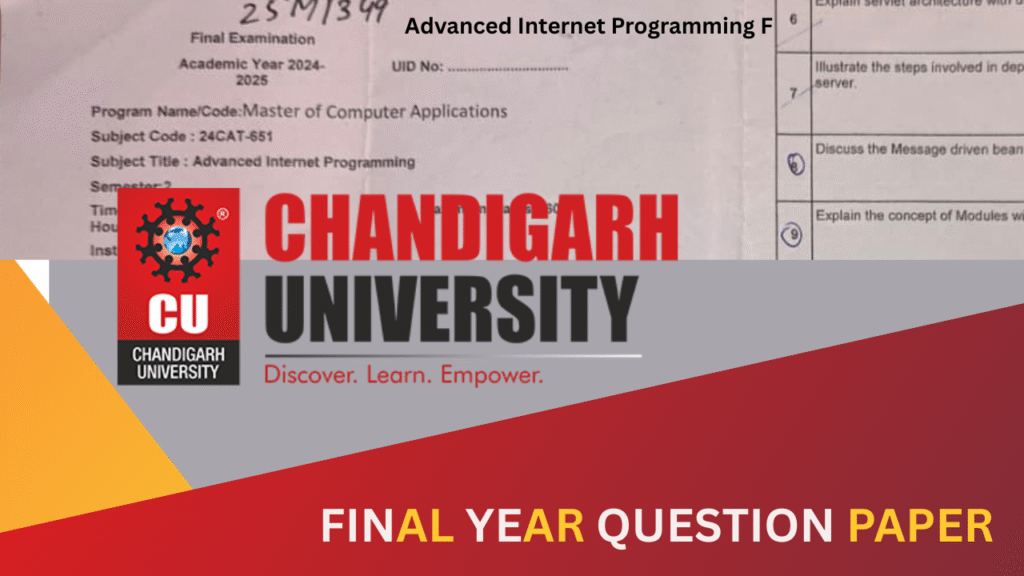India’s digital payment landscape has taken a revolutionary leap forward with the introduction of biometric authentication for UPI transactions. Starting October 8, 2025, users can now authenticate their payments using facial recognition or fingerprint scanning, completely eliminating the need for traditional PINs. This groundbreaking development by the National Payments Corporation of India (NPCI) marks a significant milestone in making digital payments more secure, convenient, and inclusive for millions of users across the country
🛡️ Protection Against Common Frauds
UPI-related frauds have been on the rise, with digital payments accounting for 49% of banking frauds in fiscal year 2023-24. Biometric authentication addresses several common fraud scenarios:
- PIN Theft Prevention: Since no PIN is required, criminals cannot steal or trick users into revealing authentication codes.
- Phishing Protection: Users cannot accidentally share biometric data through fake messages or calls, unlike PINs or OTPs.
- Device Security: Even if a phone is stolen, the thief cannot complete transactions without the owner’s physical biometric traits.
💡 Convenience and Accessibility Benefits
The introduction of biometric payments addresses a fundamental challenge in digital inclusion. Many users, particularly senior citizens and those with limited digital literacy, struggle to remember multiple PINs or navigate complex authentication processes. Biometric authentication eliminates these barriers by requiring only a natural action that users perform countless times daily to unlock their phones.
⚡ Speed and Efficiency
Biometric authentication dramatically reduces transaction time. Instead of typing a 4–6 digit PIN and potentially making errors that require retry, users can complete payments with a single biometric scan. This speed improvement is particularly valuable in high-traffic scenarios like retail checkout, public transportation, or quick vendor payments.
🌍 Inclusivity for All Users
The technology particularly benefits those who have difficulty with traditional authentication methods. Senior citizens who may forget PINs, visually impaired users who struggle with small keypads, and individuals with limited digital experience can all transact with equal ease. This inclusivity aligns with India’s broader goal of ensuring digital financial services reach every segment of society.
🕶️ Smart Glasses and Wearable Integration
Taking convenience to the next level, NPCI has also introduced UPI Lite integration with smart glasses, enabling completely hands-free payments. Users can authenticate transactions up to ₹1,000 using voice commands and visual confirmation through AR-powered glasses. This innovation represents the beginning of “ambient payments” – transactions that happen seamlessly without requiring users to actively interact with their phones.
🔒 Privacy and Data Protection Considerations
While biometric authentication offers enhanced security, it also raises important privacy considerations. Biometric data is incredibly sensitive because, unlike passwords, it cannot be changed if compromised. The system addresses these concerns through several protective measures:
On-Device Processing
The most critical privacy protection is that biometric authentication happens entirely on the user’s device. Facial recognition and fingerprint scanning occur within the phone’s secure enclave, and the raw biometric data never leaves the device. Only encrypted authentication tokens are shared with the payment system.
User Control and Consent
The biometric authentication feature is entirely opt-in, giving users complete control over whether to enable it. Users can activate or deactivate biometric payments at any time through their UPI app settings, ensuring they maintain agency over their authentication preferences.
Regulatory Compliance
The system operates under the Reserve Bank of India’s updated authentication framework, which encourages innovation while maintaining strict data protection standards. All participating banks and payment service providers must comply with stringent security and privacy regulations.
⚙️ Challenges and Limitations
Despite its advantages, biometric authentication faces several challenges that users should understand:
- Technology Dependence: Requires devices with compatible sensors and sufficient processing power. Older smartphones may not support these features.
- Environmental Factors: Facial recognition can be affected by lighting, and fingerprint scanners may struggle with wet or damaged fingers.
- Privacy Concerns: Some users remain uncomfortable with biometric data collection, even when processed on-device.
💰 Impact on Financial Inclusion
Biometric UPI authentication represents a significant step toward comprehensive financial inclusion. By removing complex authentication barriers, the technology makes digital payments accessible to underserved populations. Rural users, elderly citizens, and those with limited formal education can all participate easily.
The system also supports users who lack traditional banking access. Since authentication happens through Aadhaar, even those without extensive banking relationships can securely access digital payment services.
🚀 Future Developments and Trends
- Multimodal Authentication: Combining multiple biometric factors – face, fingerprint, and voice – for stronger protection.
- Continuous Authentication: Systems that monitor behavior throughout a session to detect anomalies.
- IoT and Wearables Integration: Expanding to smartwatches, trackers, and other connected devices for a seamless payment experience.
🌎 Global Context and Market Growth
India’s implementation of biometric UPI payments places it at the forefront of global payment innovation. The global biometric payments market is forecasted to grow 100% between 2024 and 2028, with over 1.4 billion users expected to adopt facial recognition payments by 2025.
Other countries and major payment companies like Mastercard and Visa are observing India’s progress and may adopt similar technologies soon.
📈 Implementation and Adoption Strategy
NPCI’s rollout strategy focuses on gradual adoption and user education. It launched at the Global Fintech Festival in Mumbai and is being expanded in phases. Banks and payment providers are encouraged to inform users about privacy protections and benefits to build trust.
🛣️ The Road Ahead
Biometric authentication for UPI payments represents a major leap toward more secure, convenient, and inclusive digital transactions. As adoption grows, India is set to lead global fintech innovation, ensuring everyone—regardless of tech knowledge—can make safe digital payments with ease.
The future of payments is here, as unique as your fingerprint or as personal as your face. With biometric authentication, UPI has proven that innovation can enhance both security and simplicity, setting a new standard for global digital payment systems.




